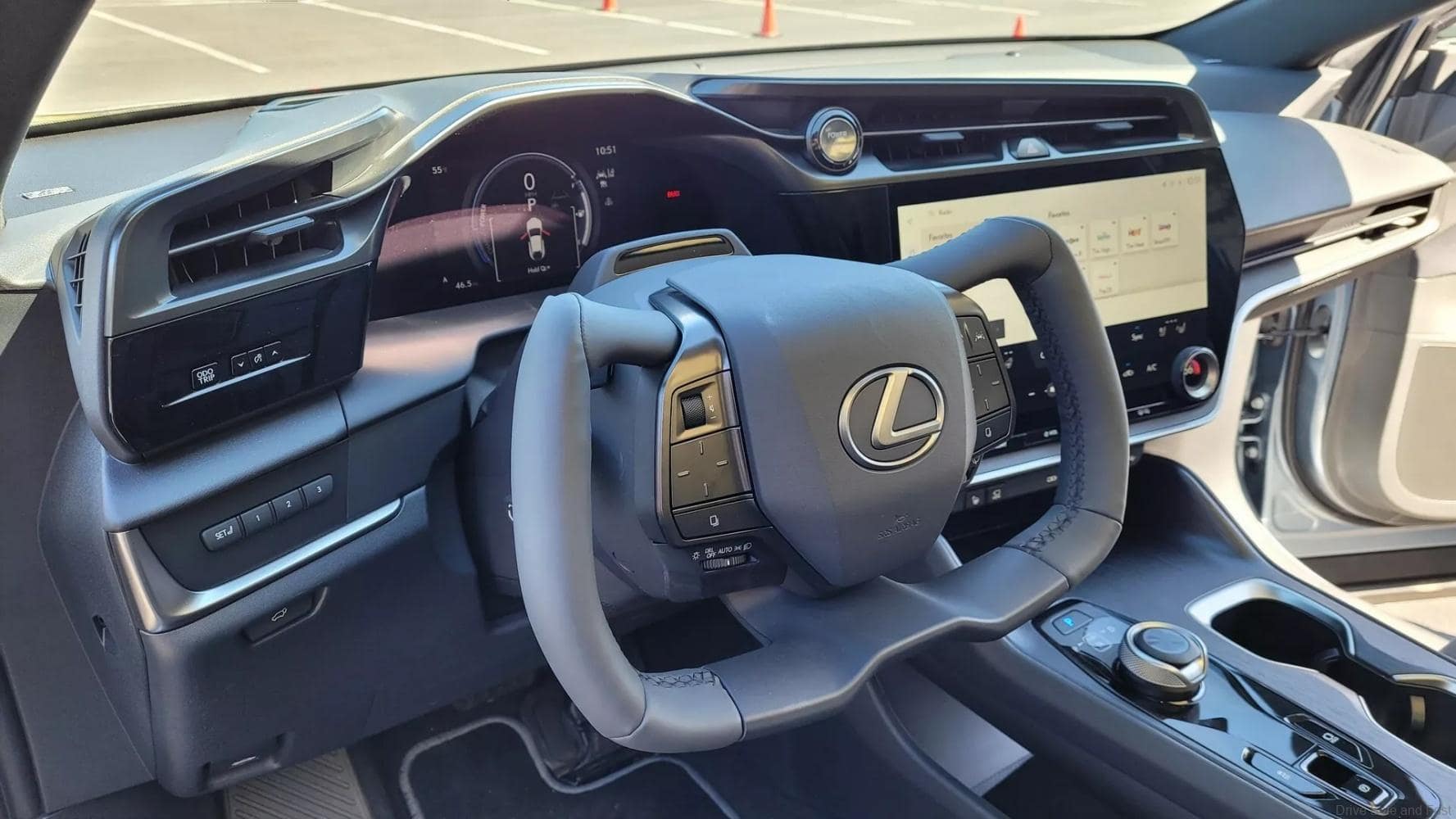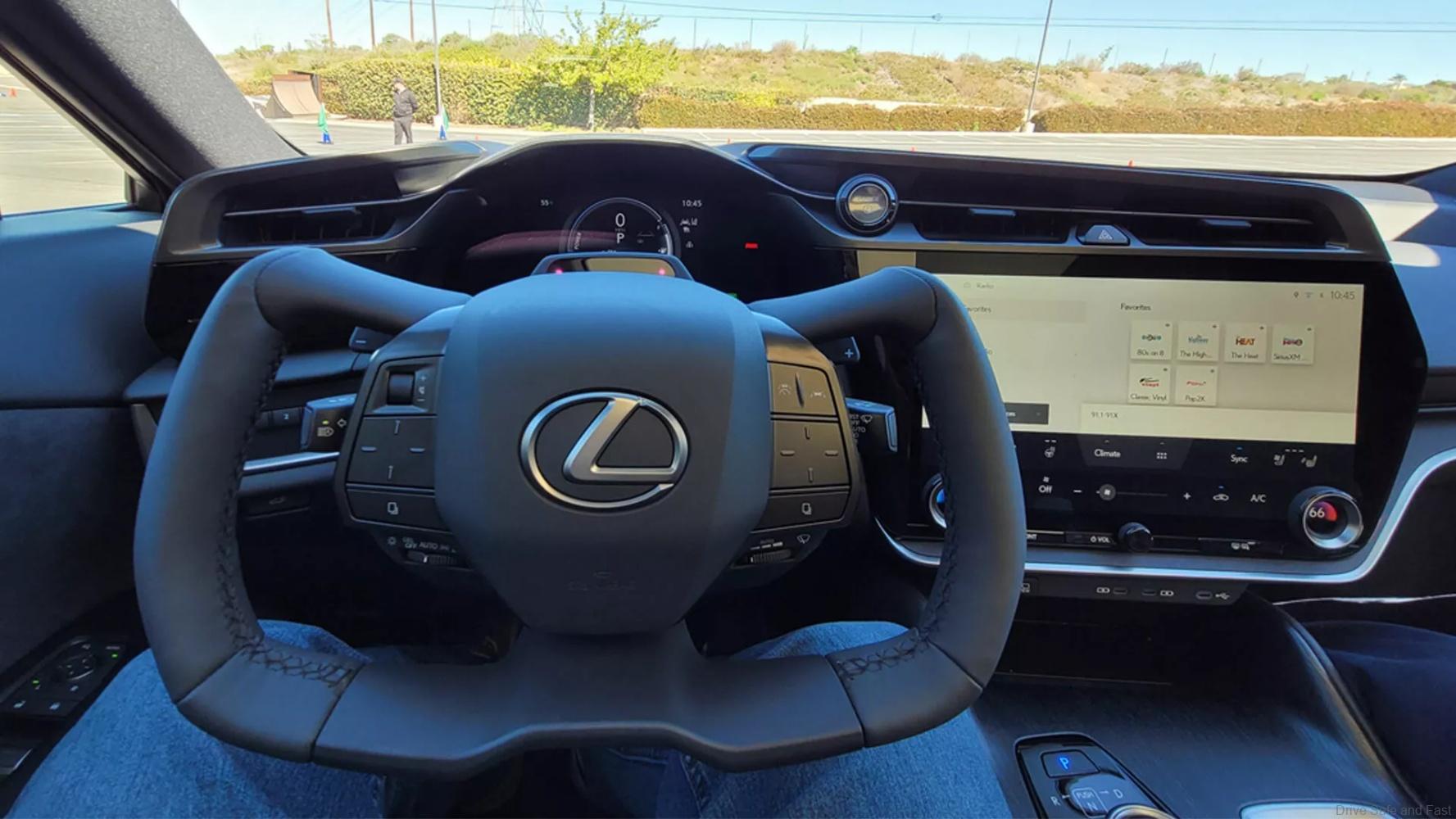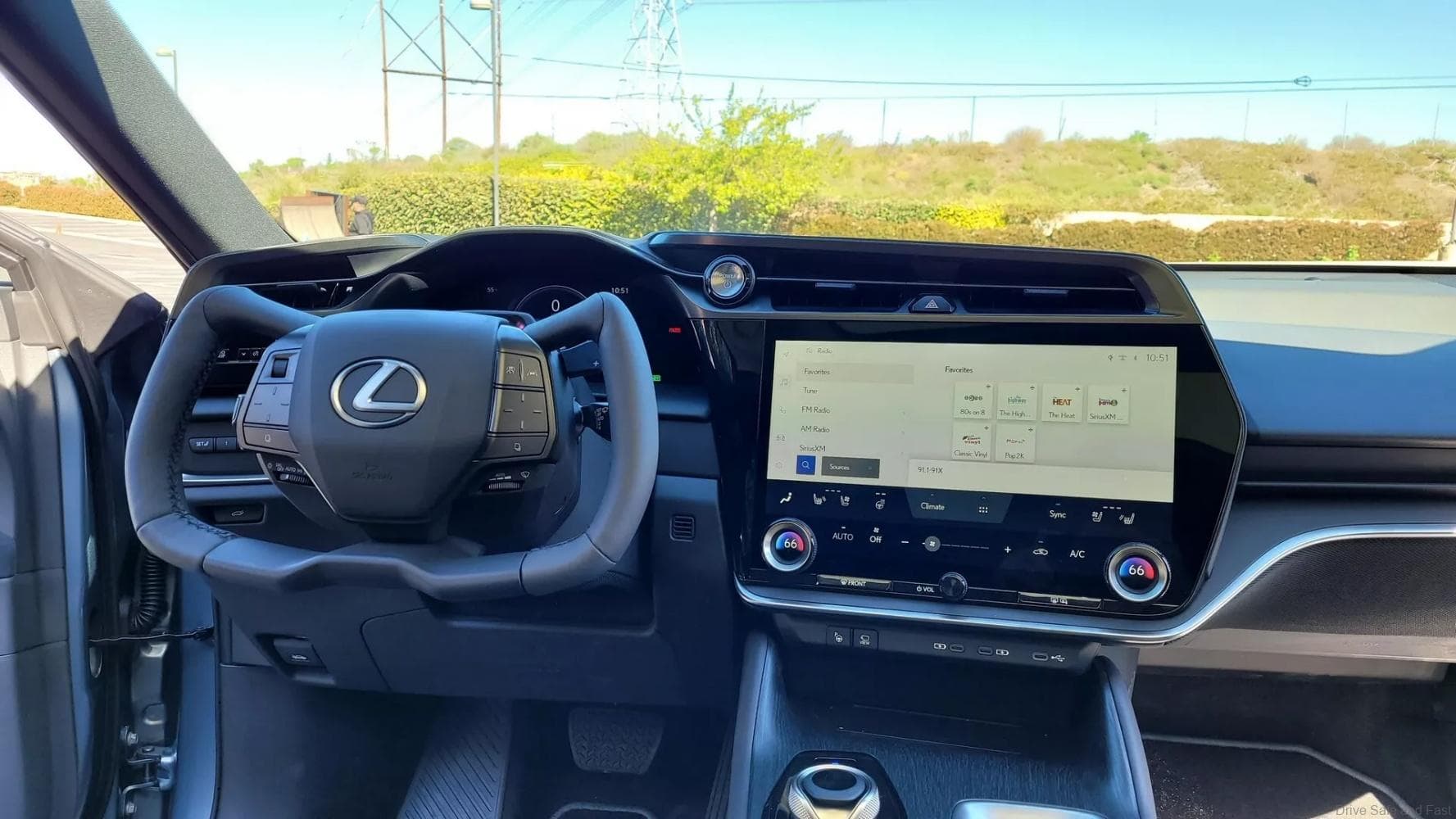Lexus is still pushing for a steer by wire system despite disappointing results
As weird as this may sound, perhaps American electric vehicle (EV) manufacturer, Tesla, was actually on to something when it came up with the idea of a yoke-style steering wheel. Well, now Japanese luxury automaker, Lexus, is taking things one step further with a steer by wire system added to the yoke wheel. Why, though?

So the first time that Lexus put its steer by wire system on its yoke shaped steering wheel, it ended up being twitchy and unpredictable. Clearly, this is a terrifying way to describe steering, but that just about sums up the Lexus RZ’s steer by wire system according to Carscoops after its test. So why is Lexus still pushing for it?
Moreover, Lexus seems to have listened to the criticism as the brand is reportedly still tweaking it out. However, they still have plans to put the system into production and are even reportedly confident that the system will be ready by next year after it works out all the bugs.
According to Car & Driver, the company “isn’t yet satisfied with the tuning” and has made substantial changes. Among the updates is the ability to turn the Lexus Yoke steering wheel “200 degrees in each direction, rather than 150 degrees” as in initial prototypes.

However, even with the updates, the publication says there’s still work to be done especially at low speeds. While that’s disappointing, they found the “highly variable ratio of the steer-by-wire system natural and easy to acclimate to.” Regardless, I personally still prefer the round steering wheel and conventional steering wheel.
On top of that, engineers also told the publication they expect development to be wrapped up next year. The steer by wire system and yoke steering wheel would then presumably find themselves in the Lexus RZ shortly thereafter. Officials from the brand also confirmed that this system won’t be limited to EVs only and will be introduced in other models as well. Why?
The Lexus steer by wire system works by replacing a mechanical linkage with electrical signals. Steering inputs are registered and fed to an actuator, which controls the steering itself. The car then sends feedback to the yoke steering wheel.

As if that wasn’t enough, the system has an adjustable steering ratio that changes based on the car’s speed. This is supposed to improve low speed manoeuvrability in parking lots and garages, while also keeping the car stable at higher speeds yet, it is one of the more unpredictable parts of the Lexus system at the moment.

We got all this from Carscoops and their full article is linked here. Thank you Carscoops for the information and images.